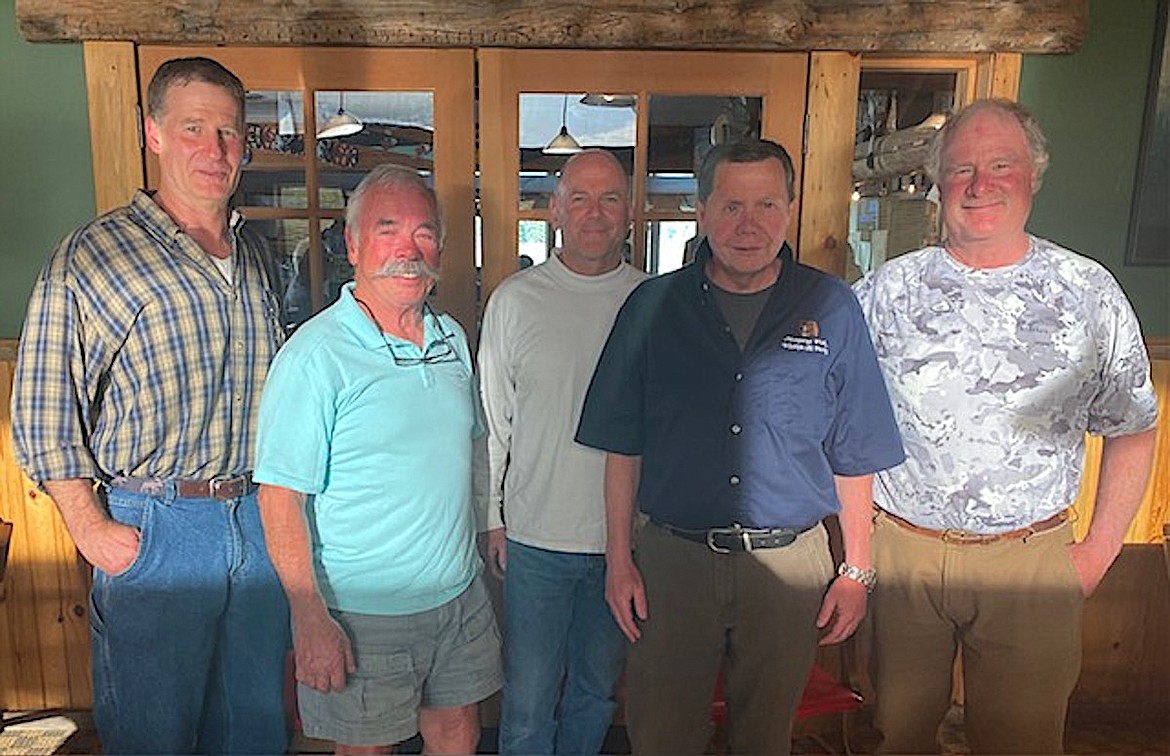Local TU chapter hears FWP plans to improve Kootenai River
Twenty-eight anglers, river guides, fisheries biologists and hydrologists gathered at the River Bend Restaurant recently for the Kootenai River Trout Club’s chapter of Trout Unlimited to hear plans to improve both water quality and habitat along the Kootenai River.
Montana Fish, Wildlife & Parks Fisheries Biologist Jim Dunnigan explained the agency’s five-year plan
to improve water quality – providing a more balanced chemistry – for the Kootenai River with goals to
increase phosphorus levels to counter the increased nitrates as a result of open-pit mine blasting from
coal mines in British Columbia...
Become a Subscriber!
You have read all of your free articles this month. Select a plan below to start your subscription today.
Already a subscriber? Login



